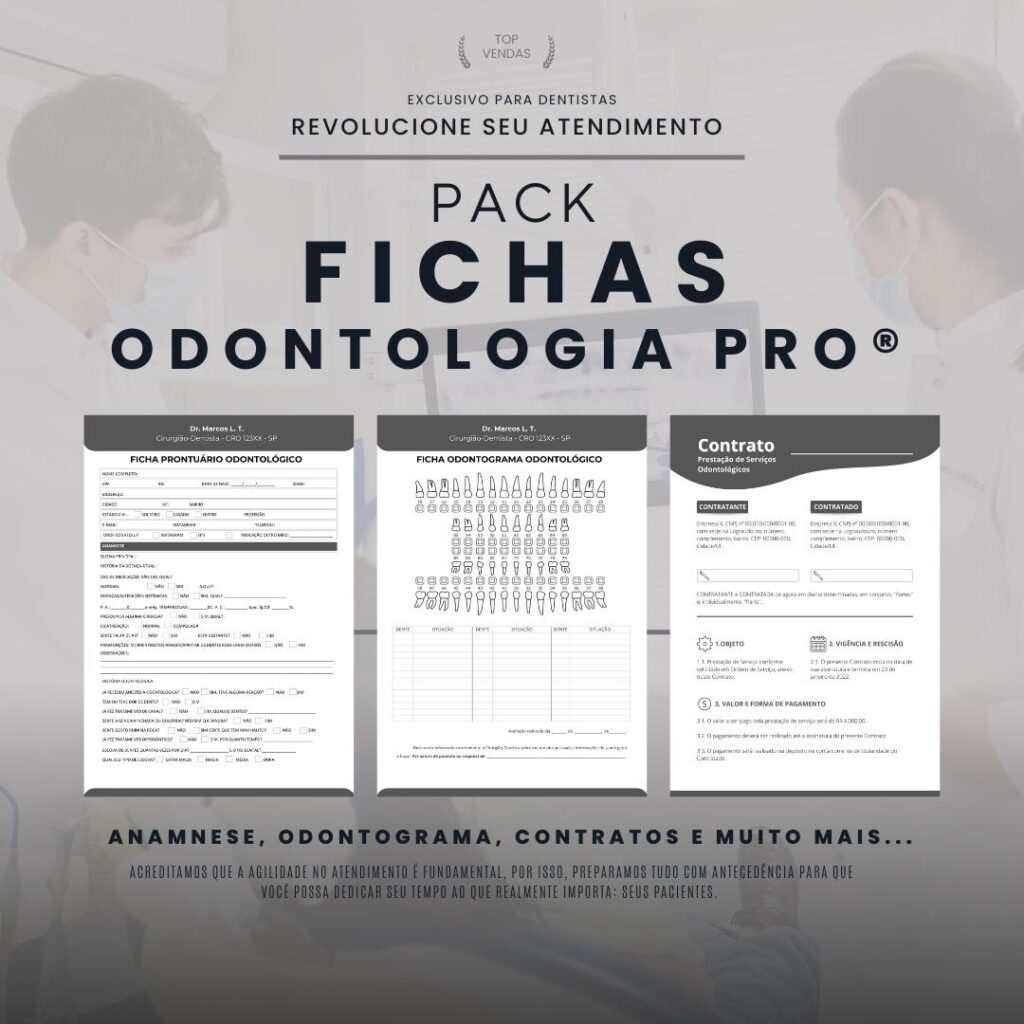What is a digital document in dental radiology?
A digital document in dental radiology represents the electronic way of storing and sharing data related to imaging exams and radiological reports performed on patients. These digital documents include x-rays, CT scans, MRIs, and other imaging tests.
Advantages of using digital documents in dental radiology
The use of digital documents in dental radiology offers several advantages over traditional methods. Some of the benefits include:
1. Easy access and sharing of information
With digital documents, information can be accessed and shared quickly and conveniently. Dentists and radiologists can view exams and reports from anywhere, facilitating collaboration between professionals and improving the quality of patient care.
2. Reduction of physical space and costs
By replacing physical files with digital documents, dental clinics and practices can free up storage space and reduce costs associated with maintaining physical files, such as printing and transportation.
3. Data security
Digital documents are less susceptible to damage and loss. Additionally, security measures such as encryption and automatic backups can be implemented to protect data from unauthorized access and natural disasters.
How to create digital documents in dental radiology?
To create digital documents in dental radiology, it is necessary to follow some steps:
1. Perform the imaging exam
The first step is to perform an imaging exam on the patient. This can be done using X-rays, CT scans, MRIs, or other methods.
2. Scan the exam
After the exam is performed, it must be digitized using a scanner or digital radiography equipment. This will transform the image exam into a digital file.
3. Store and index the digital document
The next step is to store the digital document in a document management system or PACS (Picture Archiving and Communication System). It is important to index the document correctly to make it easier to retrieve later.
4. Analyze and produce the radiological report
The radiologist must analyze the examination and produce a radiological report containing information about the findings, diagnosis and recommendations. The report must be associated with the corresponding digital document.
5. Share the document and report
Once the digital document and radiology report have been generated, it is possible to share them with other healthcare professionals involved in the patient's care. This can be done through interoperability systems or by sending them directly by email.
Conclusion
The use of digital documents in dental radiology brings several benefits, such as easy access to information, cost reduction and greater data security. Following the appropriate steps for creating and sharing these documents is essential to ensure the efficiency and quality of patient care.






